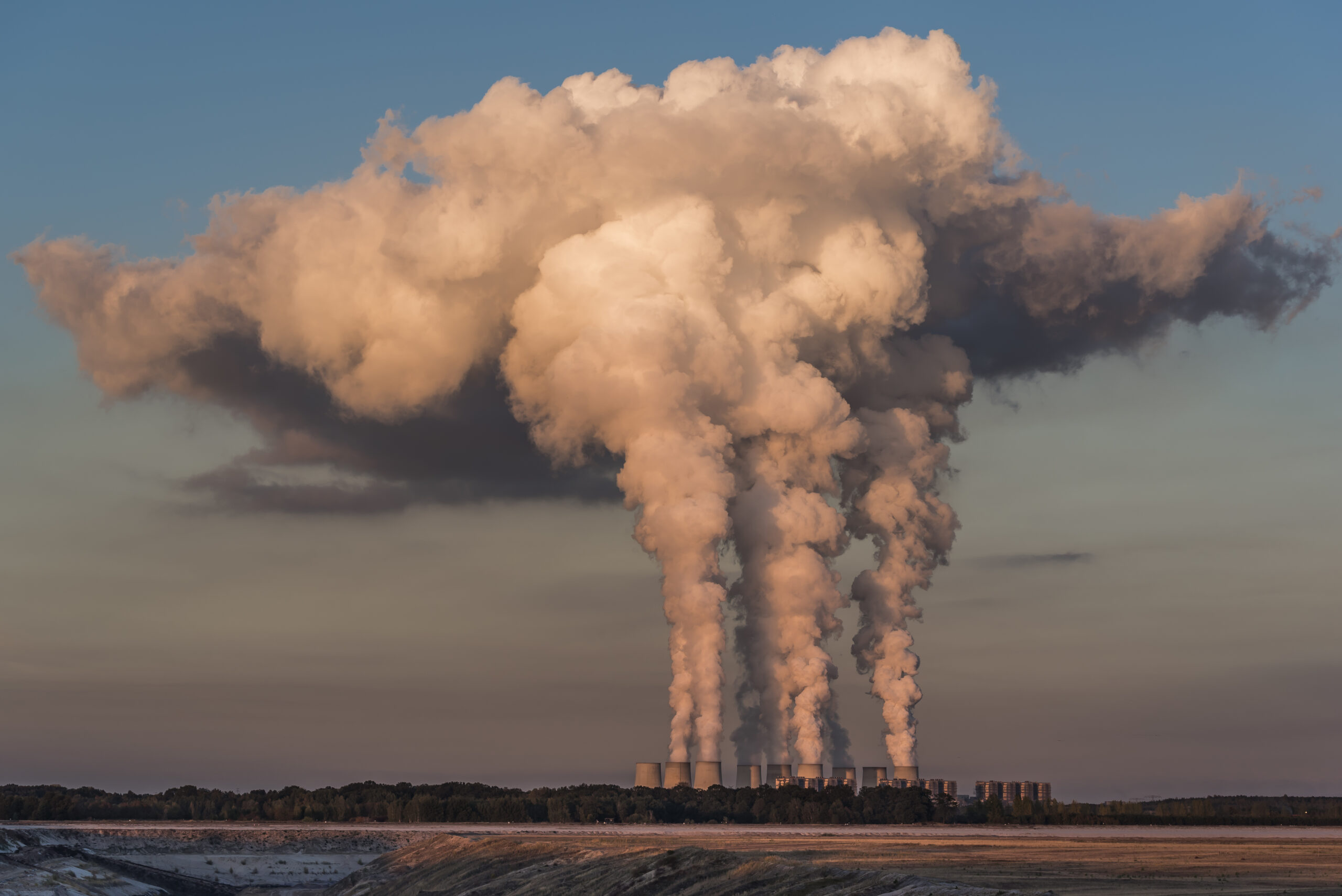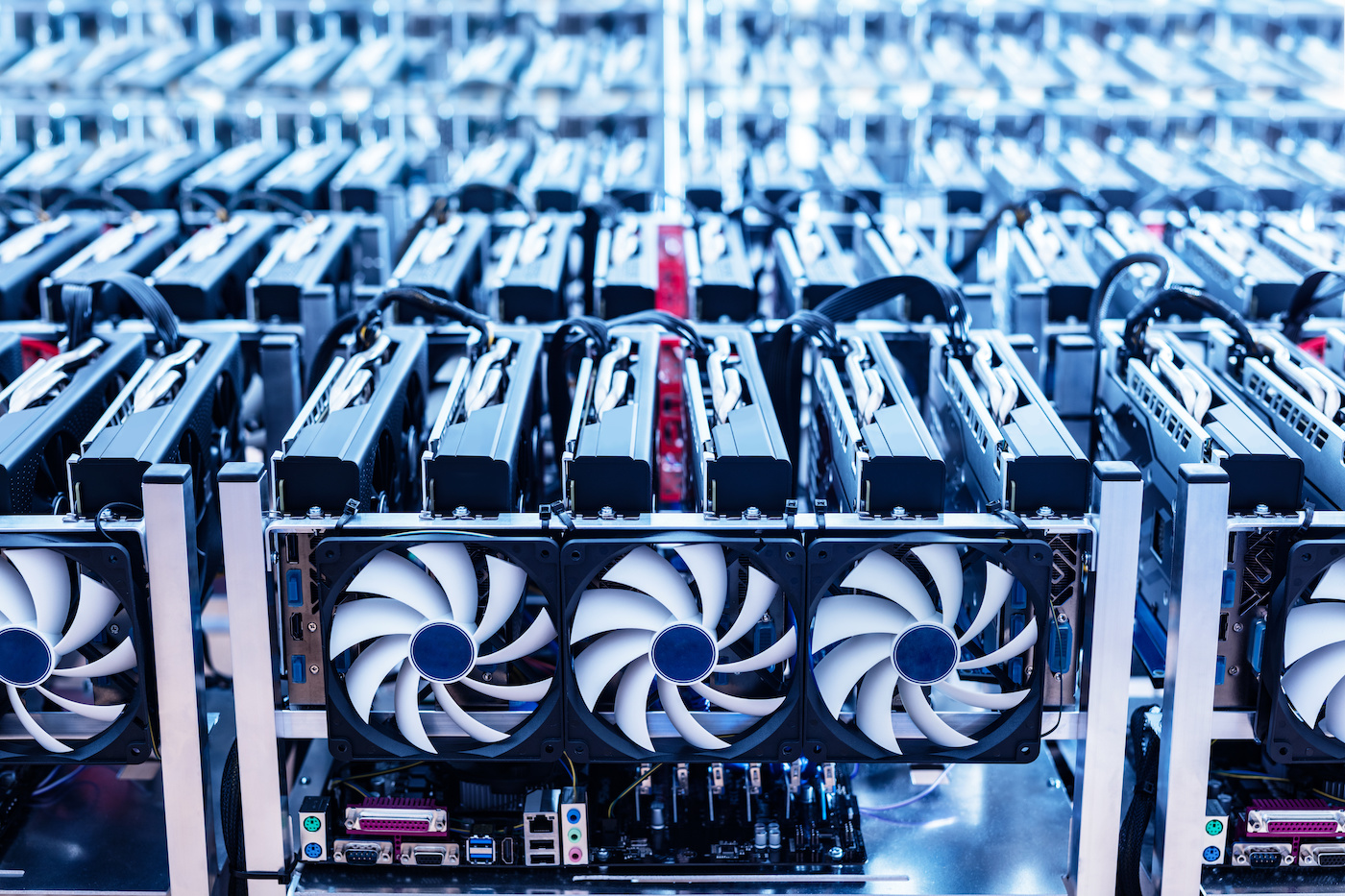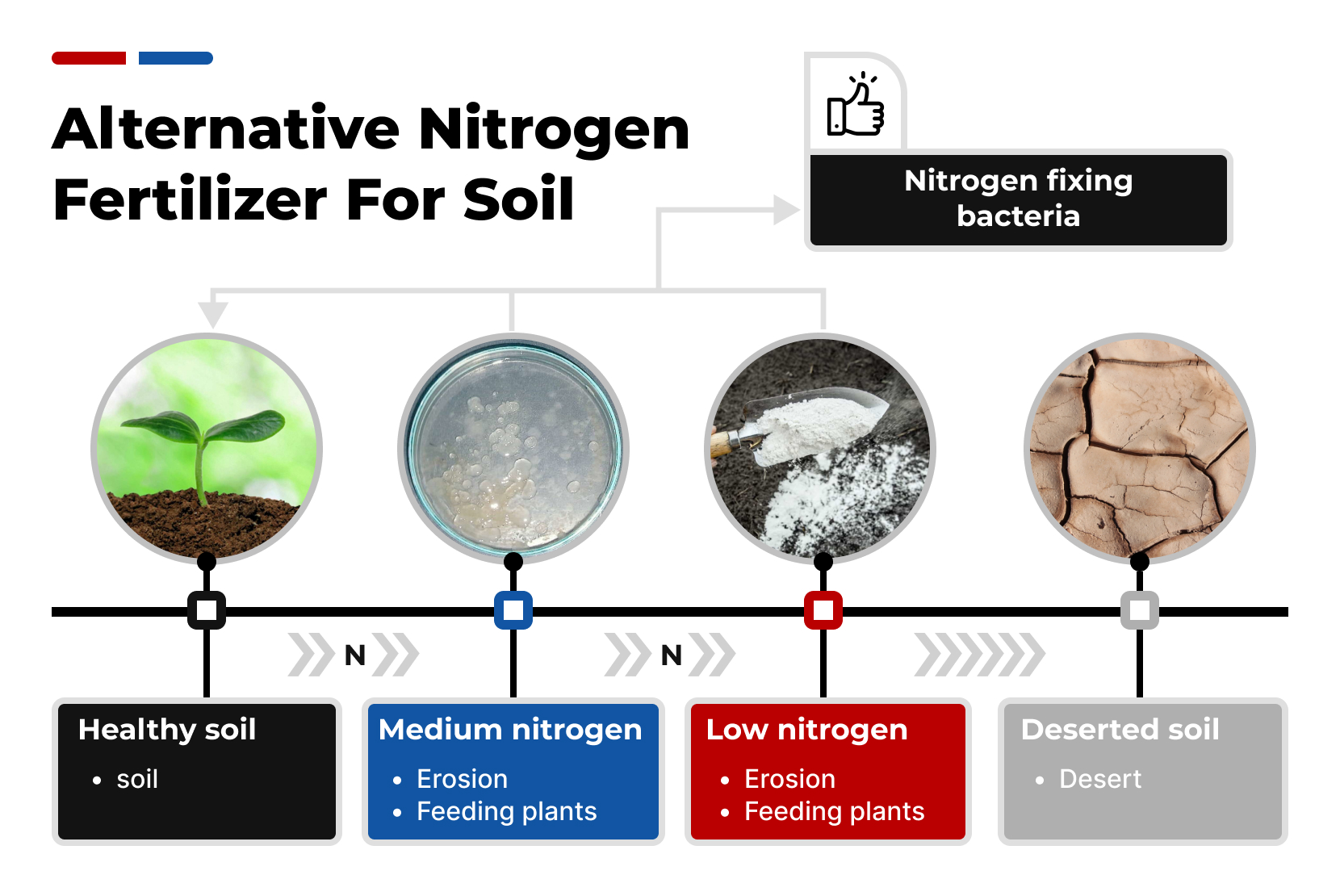Feedback form
Infrastructure for monitoring greenhouse gasses
Description
Monitoring the concentration of greenhouse gasses using spectral satellite imagery and exhaust sensors. The introduction of restrictive measures in the form of carbon credits and means of generating their own credits, with the help of green spaces, called carbon farmsProblem
Many greenhouse gasses occur naturally in the atmosphere, but human activity heavily contributes to their accumulation. As a result, the greenhouse effect in the atmosphere is boosted and it alters our planet’s climate, leading to shifts in snow and rainfall patterns, a rise in average temperatures and more extreme climate events such as heatwaves and floods. In light of this, more than 110 countries have committed to achieving zero emissions by 2050.Solution
Spectral imaging is able to detect the presence and concentration of greenhouse gasses in the atmosphere. Based on this method, many research satellites in orbit around the earth create a map of the intensity of greenhouse gasses. Additionally, introduction of sensors near exhaust pipes provides collectible data. Using the obtained data, it is possible to monitor the concentration of gasses and identify the causes of their occurrence. As measures to combat high emissions, carbon credits and carbon farms have been developed. Farms are green spaces designed for intensive absorption of greenhouse gasses. Credits, on the other hand, represent a currency equal to a certain number of tons of emitted gasses and are intended for enterprises that produce greenhouse gasses.Description
Monitoring the concentration of greenhouse gasses using spectral satellite imagery and exhaust sensors. The introduction of restrictive measures in the form of carbon credits and means of generating their own credits, with the help of green spaces, called carbon farmsProblem
Many greenhouse gasses occur naturally in the atmosphere, but human activity heavily contributes to their accumulation. As a result, the greenhouse effect in the atmosphere is boosted and it alters our planet’s climate, leading to shifts in snow and rainfall patterns, a rise in average temperatures and more extreme climate events such as heatwaves and floods. In light of this, more than 110 countries have committed to achieving zero emissions by 2050.Solution
Spectral imaging is able to detect the presence and concentration of greenhouse gasses in the atmosphere. Based on this method, many research satellites in orbit around the earth create a map of the intensity of greenhouse gasses. Additionally, introduction of sensors near exhaust pipes provides collectible data. Using the obtained data, it is possible to monitor the concentration of gasses and identify the causes of their occurrence. As measures to combat high emissions, carbon credits and carbon farms have been developed. Farms are green spaces designed for intensive absorption of greenhouse gasses. Credits, on the other hand, represent a currency equal to a certain number of tons of emitted gasses and are intended for enterprises that produce greenhouse gasses.Financial Model
Time to launch the project: 6 months
Payback: 12 months
Interested in the project?
Geography
We have experience in working with clients in more than 20 countries: we understand how local legislation, mentality and experience influence technologies and innovation approaches
Our representations: Bahrain, China, Finland, Germany, Hong Kong, India, Indonesia, Italy, Kazakhstan, Malaysia, Singapore, South Korea, Switzerland, Thailand, Turkey, UAE, USA, Uzbekistan, Vietnam











